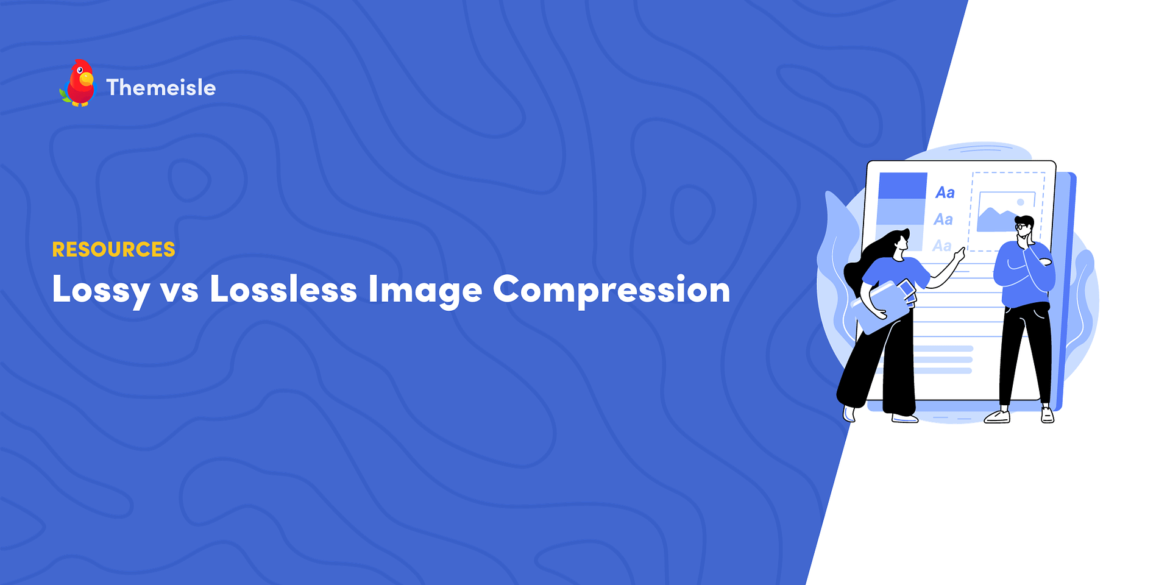Any type of image compression is better than nothing. Yet, to consistently improve your website’s performance, it’s best to understand the differences between lossy vs lossless compression options. You may have heard these terms, but what do they mean? Does it really matter which image compression method you use? In many instances, yes, but that depends on your use case.
In this article, we’ll talk about the concept of image optimization and lossy vs lossless compression. We’ll also discuss how to choose the best approach for your website. 🌐
📚 Table of contents:
How does image compression work?
Image compression (or optimization) involves taking an image file and reducing its file size. This is arguably more complex with images than it is with non-media files (like documents). That’s because compressing images sometimes leads to a loss in quality (hence the terms lossy and lossless).
(…)
Our conclusion on using lossy vs lossless compression 🧐
Understanding the difference between lossy vs lossless compression is critical to figuring out the best route for optimizing your site’s media files. Most modern sites rely heavily on images, and it’s not uncommon for pages to have dozens of them. Without compression, all of those gorgeous, high-quality images can wreak havoc on your site’s loading times.
Lossless compression is typically the way to go for images that need to retain their quality, since you want users to see as much detail as possible. For most images published online, you can rely on lossy compression to reduce their file sizes as much as possible and keep your site loading fast (but that’s not always the case)! 🚀🚀
Do you have any questions about lossy vs lossless compression? Let’s talk about them in the comments section below!


